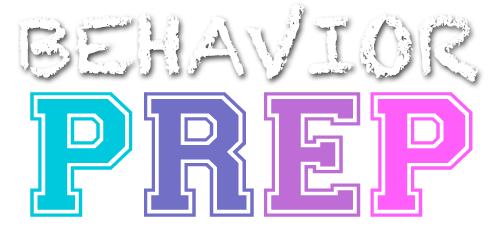G.2 Design and evaluate differential reinforcement (e.g., DRA, DRO, DRL, DRH) procedures with and without extinction
Designing and evaluating differential reinforcement procedures (DRA, DRO, DRI, DRD, DRL, DRH) involves creating interventions that increase desired behaviors or decrease undesired behaviors by reinforcing certain behaviors while withholding reinforcement (extinction) for others. Depending on the need to reduce the target behavior, these procedures can be used with or without extinction. Evaluation ensures the effectiveness of the procedures and adjusts them based on client needs.
Types of Differential Reinforcement:
- DRA (Differential Reinforcement of Alternative Behavior): Reinforce a desired behavior that serves as a functional alternative to the undesired behavior.
- DRO (Differential Reinforcement of Other Behavior): Reinforce the absence of the undesired behavior during a specific time interval.
- DRI (Differential Reinforcement of Incompatible Behavior): Reinforce a behavior that is physically incompatible with the undesired behavior.
- DRD (Differential Reinforcement of Diminishing Rates): Reinforce a reduction in the frequency of the undesired behavior over time.
- DRL (Differential Reinforcement of Low Rates of Behavior): Reinforce a lower frequency of a behavior that is acceptable at reduced levels.
- DRH (Differential Reinforcement of High Rates of Behavior): Reinforce higher rates of a desired behavior.
Examples:
A BCBA works with a child who frequently vocalizes loudly during classroom activities.
- DRA: The BCBA reinforces the child for raising their hand to speak, an alternative to shouting out loud.
- DRO: The BCBA reinforces the child for every 5-minute interval where they do not engage in loud vocalizations.
- DRI: The BCBA reinforces the child for whispering or keeping their mouth closed during instruction, which is incompatible with loud vocalizations.
- DRD: The BCBA reinforces the child for reducing the number of loud vocalizations from 10 times per day to fewer than 5, then progressively lower over time.
- DRL: The BCBA reinforces the child for limiting their loud vocalizations to fewer than 3 times per hour, as occasional vocalizations are acceptable.
- DRH: The BCBA reinforces the child for increasing their use of appropriate, quiet communication (e.g., using words or sign language) during classroom activities.
